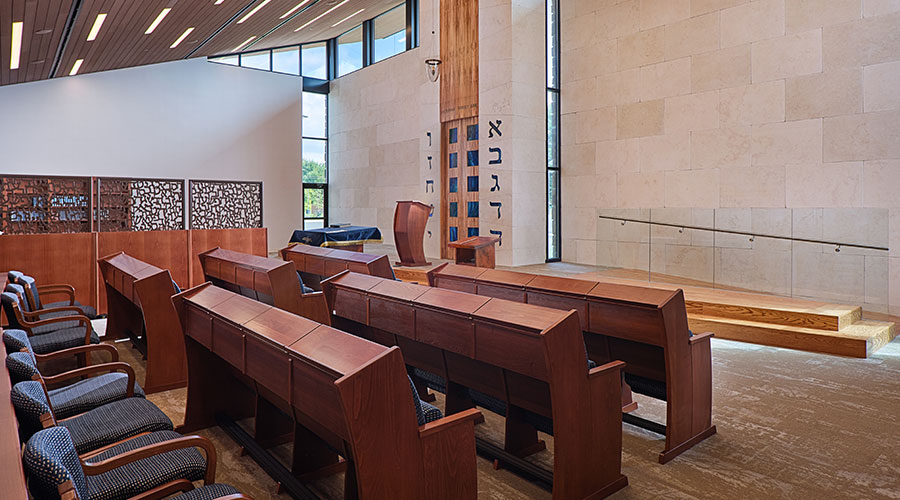The Value of Energy Star to Green Buildings
REPORT PREPARED BY ENERGY STAR
Going green is vital to reducing expenses and demonstrating your company’s corporate responsibility. But how do you begin? Any company that occupies office space, whether leased or owned, can first start by taking steps to make its own space energy efficient.
Commercial buildings are responsible for a large portion of the nation’s energy consumption and, as a result, about 18 percent of U.S. carbon dioxide emissions. Energy is usually the largest contributor to any company’s environmental footprint.
Taking steps to reduce a company’s environmental footprint may attract customers and employees. The 2008 Energy Pulse study by Shelton Group found that 82 percent of consumers think it’s important for a company to be environmentally responsible. Another study — by Tandberg/IPSOS Mori — found that 80 percent prefer to work for a company with a good reputation for sustainability.
The production of energy at utilities creates emissions that contribute to climate change; reducing a building’s energy consumption reduces demand for energy production and associated emissions. In addition, energy is expensive — the largest controllable operating expense in commercial buildings. Whether you lease space or own an entire building, if you pay your own energy bill, reducing consumption directly improves profitability and mitigates risk against rising energy costs while also lowering your environmental impact and enhancing your corporate image. If your energy costs are included in rent for leased space, you can benefit from energy efficiency by providing a higher quality workplace for employees and enhancing your reputation for environmental stewardship.
It’s clear that reducing energy consumption brings value to any company that occupies office buildings.
Starting the Conversation
As a tenant or buyer, you are in the driver’s seat in this market. Use this leverage to start the conversation about energy efficiency with brokers and landlords. Though a few states and municipalities require disclosure of commercial buildings’ energy performance data, this is not yet standard practice, so it is up to you to obtain the information.
First, look for third-party certifications and awards that verify building energy performance, including the ENERGY STAR label (awarded to properties with energy performance in the top 25 percent of their peers nationwide) and LEED certification from the U.S. Green Building Council (USGBC). Also look for awards from Building Owners and Managers Association (BOMA) International. For example, one criterion for The Office Building of the Year (TOBY) award is energy management. The TOBY Earth Award evaluates buildings on a variety of green criteria. One of the nation’s largest occupiers of office space — the U.S. government — is taking these certifications seriously: Starting in 2010, federal agencies must give preference to leases in ENERGY STAR-labeled buildings.
Obtaining hard evidence of energy performance will help avoid “greenwashing” — where something is marketed as though its energy and environmental performance is top notch, when in fact it’s not. If brokers and landlords claim that buildings are “efficient,” “green,” or “sustainable,” demand clear, transparent definitions of the terms. Talk to current occupants and get first-hand opinions.
This kind of transparency was part of CoStar Group’s objective when, in 2007, it added the ENERGY STAR rating and LEED certification to its national database of commercial real estate. It is now possible to search the database for high-performing buildings. More than 5,300 LEED-certified and ENERGY STAR-labeled properties across all commercial property types are included in CoStar’s database.
If the building has not earned certifications, there are other ways to verify energy performance. Ask brokers and landlords whether the building’s energy performance has been benchmarked. If so, ask for a copy of the Statement of Energy Performance (SEP), which can be automatically generated using EPA’s free, online energy benchmarking tool, Portfolio Manager. The SEP summarizes a building’s performance using a variety of metrics such as energy intensity, cost per square foot and greenhouse gas emissions prevented. Portfolio Manager also allows a building’s energy performance to be rated on a scale of one to 100 relative to similar buildings nationwide. Buildings earning a 75 or higher are eligible to apply for the ENERGY STAR label.
If the building has not been benchmarked, ask for basic annual energy cost and consumption data. For the buildings you are considering, compare metrics such as energy cost and consumption per square foot. You can then compare this information over different time periods to reveal trends. For example, if costs have risen while consumption has decreased, energy efficiency may be improving even while electricity prices rise. Understanding basic energy performance will give you insight into whether the building and its systems have been maintained well over time.
Impacts of Energy Efficiency
ENERGY STAR partners’ experiences show that low-cost strategies can typically reduce energy consumption by at least 10 percent and potentially as much as 30 percent.
| If you reduce energy consumption by… |
5 percent |
10 percent |
30 percent
|
| In a 10,000 square-foot office space |
$5,625
56,250 kWh
40 metric tons CO2
|
$11,250
112,500 kWh
81 metric tons CO2
|
$33,750
337,500 kWh
242 metric tons CO2
|
| In a 50,000 square-foot office space |
$28,125
281,250 kWh
202 metric tons CO2
|
$56,250
562,500 kWh
404 metric tons CO2
|
$168,750
1,687,500 kWh
1,212 metric tons CO2
|
| In 1 million square-foot occupied space around the country |
$562,500
5,625,000 kWh
4,040 metric tons CO2
|
$1,125,000
11,250,000 kWh
8,079 metric tons CO2
|
$3,375,000
33,750,000 kWh
24,238 metric tons CO2
|
Assume $2.25/sf annual utility costs prior to energy efficiency improvements; $0.10/kWh electric rate.
|
Related Topics:













